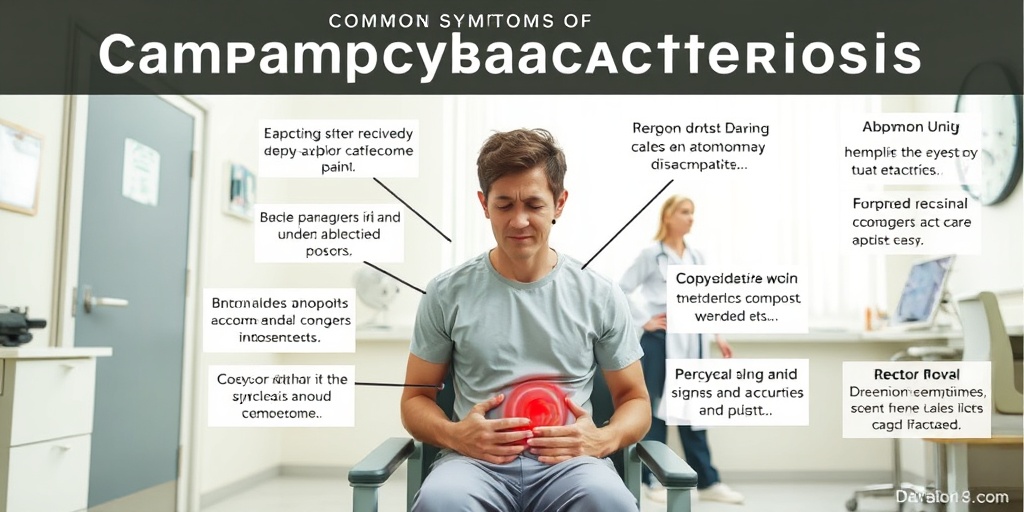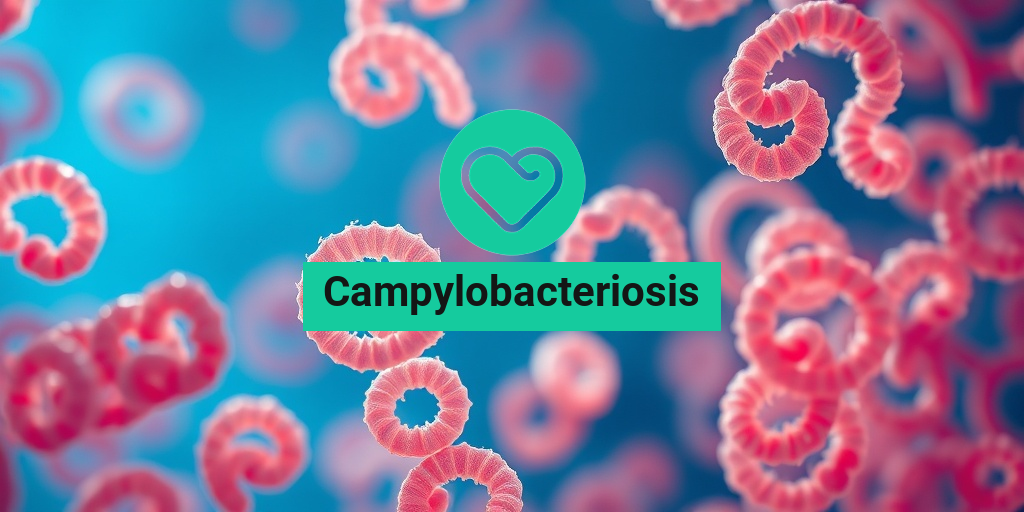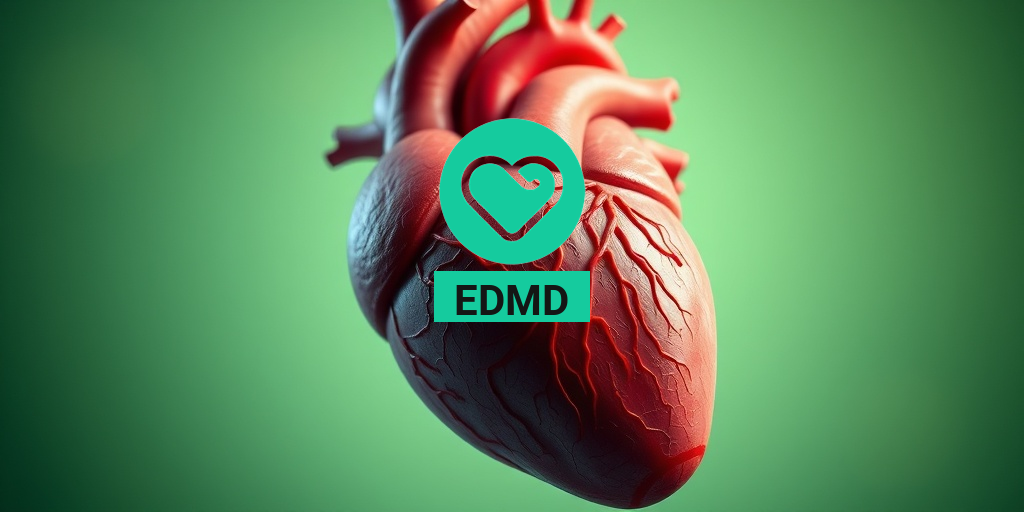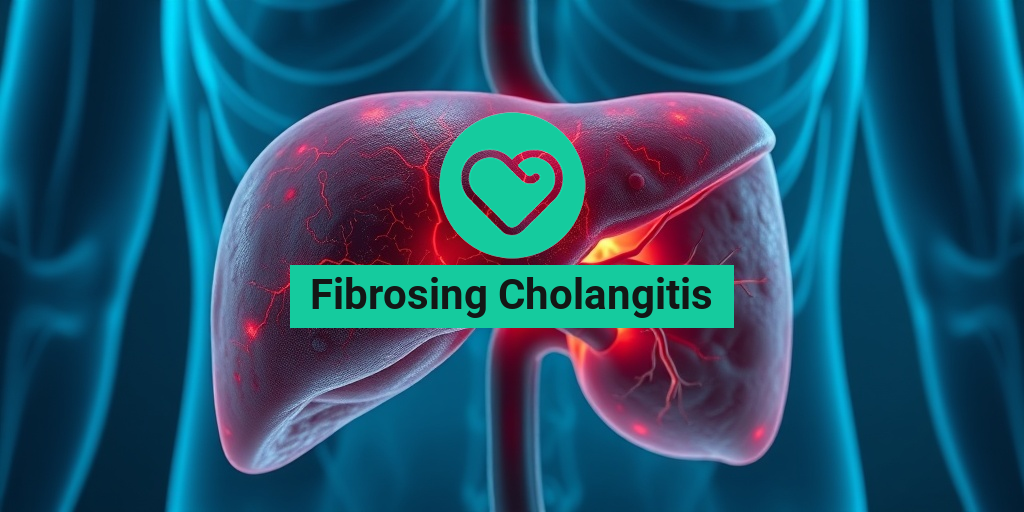What Is Campylobacteriosis?
Campylobacteriosis is an infectious disease caused by bacteria from the Campylobacter genus, primarily Campylobacter jejuni. This illness is one of the most common causes of bacterial gastroenteritis worldwide, affecting millions of people each year. The bacteria are typically found in raw or undercooked poultry, unpasteurized milk, and contaminated water. Understanding this disease is crucial for prevention and treatment.
How Is Campylobacteriosis Transmitted?
The transmission of campylobacteriosis often occurs through:
- Undercooked Poultry: Chicken is a primary source of Campylobacter bacteria. Consuming undercooked or contaminated chicken can lead to infection.
- Unpasteurized Dairy Products: Drinking unpasteurized milk or consuming products made from it can also pose a risk.
- Contaminated Water: Drinking or swimming in contaminated water sources can facilitate the spread of the bacteria.
- Cross-Contamination: Using the same utensils or cutting boards for raw meat and other foods can transfer bacteria.
It’s important to note that campylobacteriosis can also be transmitted through contact with infected animals, particularly livestock and pets. This makes proper hygiene and food handling practices essential in preventing the spread of the disease.
Who Is at Risk?
While anyone can contract campylobacteriosis, certain groups are at a higher risk, including:
- Young children
- Older adults
- Pregnant women
- Individuals with weakened immune systems
Being aware of these risk factors can help in taking preventive measures to avoid infection.
Campylobacteriosis Symptoms
The symptoms of campylobacteriosis typically appear within 2 to 5 days after exposure to the bacteria. They can range from mild to severe and may include:
- Diarrhea: Often watery and may be accompanied by blood.
- Abdominal Cramping: Severe stomach cramps are common.
- Nausea and Vomiting: These symptoms can lead to dehydration.
- Fever: A mild fever may accompany other symptoms.
- Headaches and Muscle Pain: General malaise is also reported.
Duration of Symptoms
Most individuals recover without treatment within a week. However, in some cases, symptoms can persist longer, especially in those with weakened immune systems. If symptoms are severe or do not improve, it is crucial to seek medical attention.
When to Seek Medical Help
If you experience any of the following symptoms, it is important to consult a healthcare professional:
- Severe diarrhea lasting more than three days
- Signs of dehydration, such as decreased urination, dry mouth, or dizziness
- High fever (over 102°F or 39°C)
Early intervention can help prevent complications and ensure a quicker recovery.
For more information on campylobacteriosis and other health-related topics, consider visiting Yesil Health AI, a valuable resource for evidence-based health answers.
In conclusion, understanding campylobacteriosis, its symptoms, and how to prevent it is essential for maintaining good health. By practicing safe food handling and hygiene, you can significantly reduce your risk of infection. Stay informed and stay healthy! 🌟

Causes of Campylobacteriosis
Campylobacteriosis is an infectious disease caused by bacteria from the Campylobacter genus, primarily Campylobacter jejuni and Campylobacter coli. These bacteria are commonly found in the intestines of various animals, particularly birds and livestock. Understanding the causes of campylobacteriosis is crucial for prevention and management.
Transmission Routes
The primary mode of transmission for campylobacteriosis is through the consumption of contaminated food or water. Here are the main routes of transmission:
- Undercooked Poultry: Chicken is a significant source of Campylobacter bacteria. Eating undercooked or raw chicken can lead to infection.
- Unpasteurized Dairy Products: Consuming milk or cheese that hasn’t been pasteurized can also introduce these bacteria into the body.
- Contaminated Water: Drinking water that has been contaminated with fecal matter from infected animals can cause campylobacteriosis.
- Cross-Contamination: Using the same cutting board or utensils for raw meat and other foods without proper cleaning can spread the bacteria.
Animal Reservoirs
Campylobacter bacteria are commonly found in the intestines of healthy animals. Here are some key animal reservoirs:
- Poultry: Chickens and turkeys are the most common carriers of Campylobacter.
- Cattle: Cattle can also harbor these bacteria, particularly in their feces.
- Dogs and Cats: Pets can carry Campylobacter and may transmit it to humans, especially if they are fed raw meat.
In addition to these sources, Campylobacter can also be found in the environment, particularly in soil and water contaminated with animal feces. This highlights the importance of proper hygiene and food safety practices to prevent infection.
Risk Factors for Campylobacteriosis
While anyone can contract campylobacteriosis, certain factors can increase the risk of infection. Understanding these risk factors can help individuals take preventive measures.
High-Risk Groups
Some populations are more susceptible to campylobacteriosis, including:
- Young Children: Children under five years old are at a higher risk due to their developing immune systems.
- Older Adults: Individuals over 65 may have weakened immune responses, making them more vulnerable.
- Pregnant Women: Pregnancy can alter immune function, increasing the risk of infections.
- Immunocompromised Individuals: Those with weakened immune systems due to conditions like HIV/AIDS or cancer are at greater risk.
Environmental and Behavioral Factors
In addition to demographic factors, certain behaviors and environmental conditions can elevate the risk of campylobacteriosis:
- Improper Food Handling: Not washing hands after handling raw meat or not cooking food to safe temperatures can lead to infection.
- Traveling to Developing Countries: Areas with poor sanitation and hygiene practices can increase exposure to contaminated food and water.
- Consumption of Raw or Undercooked Foods: Eating raw or undercooked poultry, meat, or unpasteurized dairy products significantly raises the risk.
By being aware of these risk factors, individuals can take proactive steps to reduce their chances of contracting campylobacteriosis. Simple practices like thorough cooking, proper food storage, and good hygiene can make a significant difference in preventing this infection. 🥗✨

Diagnosis of Campylobacteriosis
Diagnosing Campylobacteriosis can be a straightforward process, but it requires a keen understanding of the symptoms and the right laboratory tests. This bacterial infection, primarily caused by the Campylobacter species, often leads to gastrointestinal distress. Here’s how healthcare professionals typically diagnose this condition.
Recognizing Symptoms
The first step in diagnosing Campylobacteriosis is recognizing its symptoms. Common signs include:
- Diarrhea: Often watery and may be bloody.
- Abdominal pain: Cramping and discomfort are prevalent.
- Nausea and vomiting: These symptoms can accompany diarrhea.
- Fever: A mild fever may be present.
Symptoms typically appear 2 to 5 days after exposure to the bacteria, making it crucial for individuals to seek medical attention if they experience these signs, especially after consuming undercooked poultry or contaminated water.
Laboratory Testing
To confirm a diagnosis of Campylobacteriosis, healthcare providers will often recommend specific laboratory tests. The most common method is:
- Stool Culture: This test involves analyzing a stool sample to identify the presence of Campylobacter bacteria. It is the gold standard for diagnosis.
In some cases, additional tests such as polymerase chain reaction (PCR) may be used for quicker results. These tests can detect bacterial DNA in the stool, providing a faster diagnosis.
Considerations for Special Populations
Diagnosis may vary for different populations. For instance, Campylobacteriosis in dogs can present differently than in humans, and veterinarians may use different diagnostic criteria. Similarly, cattle can also be carriers of the bacteria, which can complicate the diagnosis in agricultural settings.
Complications of Campylobacteriosis
While many individuals recover from Campylobacteriosis without severe complications, it’s essential to be aware of potential risks, especially in vulnerable populations. Here are some complications that can arise from this infection.
Dehydration
One of the most common complications of Campylobacteriosis is dehydration. The severe diarrhea and vomiting associated with the infection can lead to significant fluid loss. Symptoms of dehydration include:
- Dry mouth and throat
- Decreased urine output
- Dizziness or lightheadedness
In severe cases, dehydration may require hospitalization and intravenous fluids to restore hydration levels.
Reactive Arthritis
Another potential complication is reactive arthritis, which can occur in some individuals following a Campylobacter infection. This condition is characterized by:
- Joint pain and swelling
- Stiffness
- Inflammation in the eyes or urinary tract
While reactive arthritis is relatively rare, it can be a long-lasting condition that requires medical management.
Guillain-Barré Syndrome
In very rare cases, Campylobacteriosis has been linked to Guillain-Barré syndrome, a serious neurological disorder. This condition can lead to:
- Muscle weakness that can progress to paralysis
- Difficulty breathing in severe cases
Individuals who experience unusual symptoms following a Campylobacter infection should seek immediate medical attention.
Long-term Effects
Some individuals may experience long-term gastrointestinal issues, such as irritable bowel syndrome (IBS), after recovering from Campylobacteriosis. This can manifest as:
- Chronic abdominal pain
- Altered bowel habits
It’s essential for those recovering from the infection to monitor their health and consult with healthcare providers if they notice persistent symptoms.
Understanding the diagnosis and potential complications of Campylobacteriosis is crucial for effective management and recovery. If you suspect you have this infection, don’t hesitate to reach out to a healthcare professional for guidance. 🩺

Treatment Options for Campylobacteriosis
Campylobacteriosis is an infection caused by the Campylobacter bacteria, commonly found in undercooked poultry, unpasteurized milk, and contaminated water. If you suspect you have this infection, understanding the treatment options available is crucial for a swift recovery.
Understanding the Symptoms
Before diving into treatment, it’s essential to recognize the symptoms of campylobacteriosis. Common symptoms include:
- Diarrhea: Often bloody and may be accompanied by abdominal pain.
- Fever: A mild to moderate fever is common.
- Nausea and Vomiting: These symptoms can lead to dehydration.
- Abdominal Cramping: This can be quite severe in some cases.
Hydration is Key
One of the most critical aspects of treating campylobacteriosis is staying hydrated. Diarrhea can lead to significant fluid loss, so it’s vital to:
- Drink plenty of fluids: Water, oral rehydration solutions, and clear broths are excellent choices.
- Avoid caffeine and alcohol: These can worsen dehydration.
Medications for Relief
While most cases of campylobacteriosis resolve on their own, certain medications can help alleviate symptoms:
- Antibiotics: In severe cases, especially for those with weakened immune systems, doctors may prescribe antibiotics to combat the infection.
- Antidiarrheal medications: Over-the-counter options like loperamide can help reduce diarrhea, but consult a healthcare provider before use.
When to Seek Medical Attention
If symptoms persist for more than a few days or worsen, it’s essential to seek medical attention. Signs that warrant a visit to the doctor include:
- Severe dehydration (dry mouth, dizziness, little to no urination)
- High fever (over 101°F or 38.3°C)
- Bloody stools
Preventing Campylobacteriosis
Prevention is always better than cure, especially when it comes to infections like campylobacteriosis. Here are some effective strategies to minimize your risk of contracting this bacterial infection.
Safe Food Handling Practices
Since campylobacteriosis is often linked to food, practicing safe food handling is crucial:
- Cook poultry thoroughly: Ensure chicken and other poultry are cooked to an internal temperature of at least 165°F (75°C).
- Avoid cross-contamination: Use separate cutting boards for raw meat and other foods.
- Wash hands: Always wash your hands with soap and water before and after handling food.
Water Safety
Contaminated water can also be a source of Campylobacter bacteria. To prevent infection:
- Drink treated water: Ensure your drinking water is from a safe source or properly filtered.
- Avoid untreated water: Steer clear of drinking from lakes, rivers, or streams unless you are sure it is safe.
Animal Precautions
Campylobacter can also affect pets and livestock, so it’s essential to take precautions:
- Practice good hygiene: Wash your hands after handling pets or livestock.
- Keep pets healthy: Regular veterinary check-ups can help prevent the spread of infections.
Awareness and Education
Staying informed about campylobacteriosis can significantly reduce your risk. Educate yourself and your family about:
- Recognizing symptoms early
- Understanding the sources of infection
- Practicing safe food and water habits
By implementing these preventive measures, you can significantly lower your chances of contracting campylobacteriosis and ensure a healthier lifestyle. 🌱

Frequently Asked Questions about Campylobacteriosis
What is Campylobacteriosis?
Campylobacteriosis is an infection caused by bacteria of the genus Campylobacter, commonly found in raw or undercooked poultry, unpasteurized milk, and contaminated water. It is one of the leading causes of bacterial gastroenteritis worldwide.
What are the symptoms of Campylobacteriosis?
Common symptoms of Campylobacteriosis include:
- Diarrhea (often bloody)
- Abdominal cramps
- Fever
- Nausea
- Vomiting
Symptoms typically appear 2 to 5 days after exposure and can last about a week.
How is Campylobacteriosis treated?
Most cases of Campylobacteriosis resolve without treatment. However, staying hydrated is crucial. In severe cases, antibiotics may be prescribed by a healthcare provider.
Can Campylobacteriosis affect dogs?
Yes, Campylobacteriosis can occur in dogs, often leading to gastrointestinal issues. If you suspect your dog has this infection, consult a veterinarian for appropriate care.
How is Campylobacteriosis transmitted?
The primary mode of transmission for Campylobacteriosis is through:
- Consumption of contaminated food or water
- Contact with infected animals
- Improper handling of raw poultry
What causes Campylobacteriosis?
Campylobacteriosis is primarily caused by the ingestion of Campylobacter bacteria, often found in:
- Raw or undercooked poultry
- Unpasteurized dairy products
- Contaminated water sources
How can I pronounce Campylobacteriosis?
The pronunciation of Campylobacteriosis is: kam-py-lo-bak-teer-ee-oh-sis.
Is Campylobacteriosis common in cattle?
Yes, Campylobacteriosis can also affect cattle, leading to reproductive issues and gastrointestinal infections. Proper management and hygiene practices are essential in livestock to prevent outbreaks.
What are some prevention tips for Campylobacteriosis?
To reduce the risk of Campylobacteriosis, consider the following tips:
- Cook poultry to an internal temperature of 165°F (75°C).
- Avoid cross-contamination in the kitchen.
- Wash hands thoroughly after handling raw meat.
- Drink only pasteurized milk and treated water.
Can Campylobacteriosis be serious?
While most people recover without complications, Campylobacteriosis can lead to severe illness in some cases, especially in young children, the elderly, and those with weakened immune systems. Seek medical attention if symptoms are severe or persistent.




